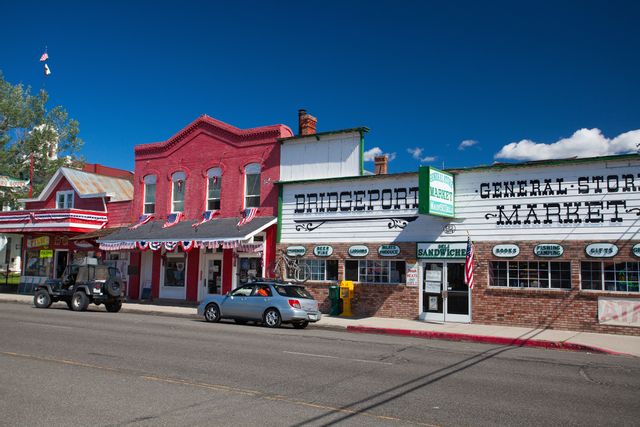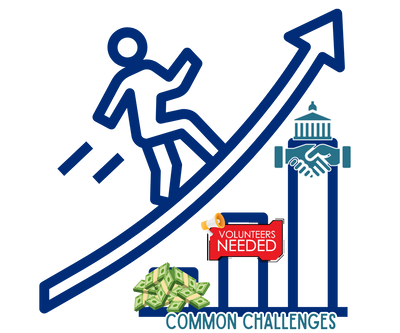
“I like working with small communities because minor charges are impactful. People have a sense of community . . . they know each other, they look out for one another, they protect each other; it’s a quality of life thing. Rural Main is about helping people preserve that quality of life and serving one another. It’s not about trying to make Main Street adapt to them, it’s about being a resource to the community.”

Rural communities face several significant challenges that can hinder their growth and development:
Lack of Funding: One of the most pressing issues is the absence of financial resources. Despite having many innovative ideas, these communities often struggle to secure the funding needed to bring these projects to life.
Shortage of Volunteers: The phenomenon known as the 'brain drain' has left a noticeable gap in the demographic makeup of rural areas. Many individuals between the ages of 35 and 55 have migrated toward urban centers since the mid-1990s, leading to a shortage of volunteers and active community members in rural areas. Yet, this is changing within recent years, so now is the time to capitalize on this group.
Political Infighting: Internal conflicts and political disputes often paralyze decision-making processes. Communities find it challenging to move forward with projects unless there is unanimous agreement, as there is a reluctance to upset anyone by making decisions that are not universally accepted.

A common misconception about revitalizing communities is that simply investing money will solve all problems. However, the truth is more complex. Success in revitalization requires a community that desires change and is open to compromise and negotiation.
Revitalizing a community can be likened to a marriage—it involves give and take. It's rare for everyone to leave the table completely satisfied. If each member of the community can walk away with most, but not all, of their desires met—say, about 75%—then the effort can be considered a success. This approach ensures that while no one gets everything they want, everyone gains something valuable, moving the community forward together.

To effectively guide community projects and ensure they meet the needs of all residents, we often advise the following:
Embrace Discomfort: It's important to recognize that it's impossible to make everyone happy. Successful community initiatives often require making tough decisions that may not please everyone but are necessary for progress.
Balance Perspectives: Consider the desires of both long-term residents and newcomers equally. While respecting the history and traditions of those who have lived in the community for over 50 years, it's equally important to value the aspirations of those who plan to make this their home for the next 50 years. This inclusive approach ensures that all voices are heard and that the community evolves in a way that benefits everyone.

For those looking to see immediate improvements in their community, initiating a facade program or a wayfinding program can be exceptionally rewarding. These options are often considered low-hanging fruit because they require minimal investment but yield significant returns.
Facade Program: Although sometimes referred to as "putting lipstick on a pig," improving the external appearance of buildings makes a visible change that can uplift the entire community's spirit and pride.
Wayfinding Program: Implementing clear, attractive signage helps residents and visitors navigate the community more easily, enhancing the overall experience and accessibility of the area.
Both initiatives not only enhance the aesthetic appeal but also contribute to a sense of renewal and community pride, making them excellent choices for quick and impactful results.

For successful community revitalization efforts, it's crucial to foster an environment of equality and collaboration. Here are key practices to achieve this:
Check Egos at the Door: Personal agendas and egos must be set aside to focus on the community’s greater good. Everyone's input is valued equally, from the mayor to the local baker.
One Person, One Vote: At the decision-making table, everyone holds an equal vote. This approach ensures that all voices are heard and considered equally, fostering a fair and democratic process.
Embrace Equality in Collaboration: To make revitalization truly work, it is essential to treat everyone as an equal partner in the process. This equality helps to unify the community and drive collective efforts towards common goals.
These principles are fundamental for aligning interests and moving forward together as a unified community.